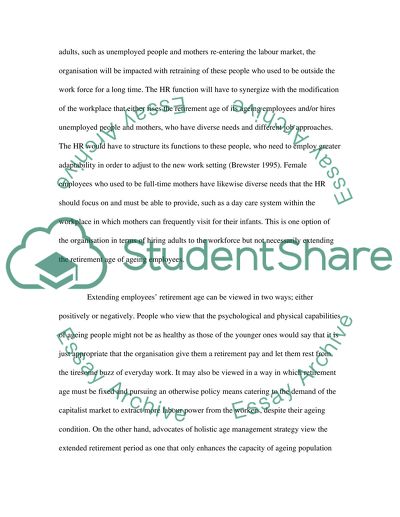Cite this document
(“Age diversity and an ageing population in a new age management Essay”, n.d.)
Retrieved from https://studentshare.org/miscellaneous/1526739-age-diversity-and-an-ageing-population-in-a-new-age-management-strategy
Retrieved from https://studentshare.org/miscellaneous/1526739-age-diversity-and-an-ageing-population-in-a-new-age-management-strategy
(Age Diversity and an Ageing Population in a New Age Management Essay)
https://studentshare.org/miscellaneous/1526739-age-diversity-and-an-ageing-population-in-a-new-age-management-strategy.
https://studentshare.org/miscellaneous/1526739-age-diversity-and-an-ageing-population-in-a-new-age-management-strategy.
“Age Diversity and an Ageing Population in a New Age Management Essay”, n.d. https://studentshare.org/miscellaneous/1526739-age-diversity-and-an-ageing-population-in-a-new-age-management-strategy.


